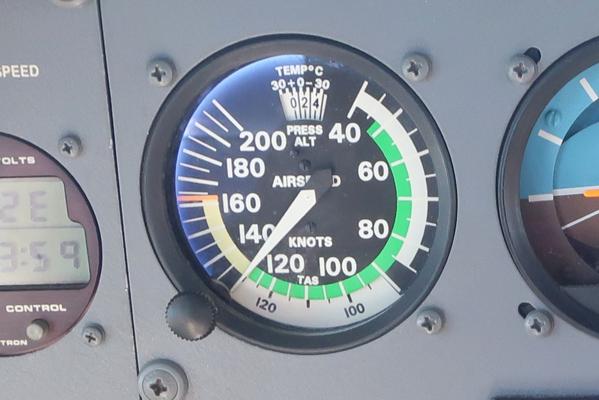The Reynolds number is an important dimensionless quantity used to predict whether a flow is laminar or turbulent, and is defined as the ratio of inertial to viscous forces in a fluid.
The calculator can either be used in manual mode (density, viscosity or kinematic viscosity known); or alternatively use it in conjunction with the built-in Standard Atmosphere calculator to quickly determine the Reynolds number in a standard atmosphere for any altitude and temperature combination.






